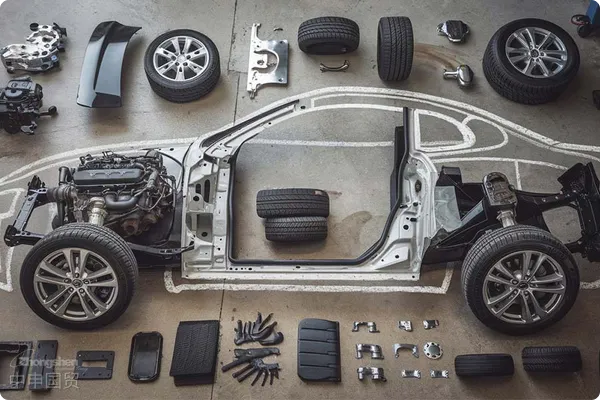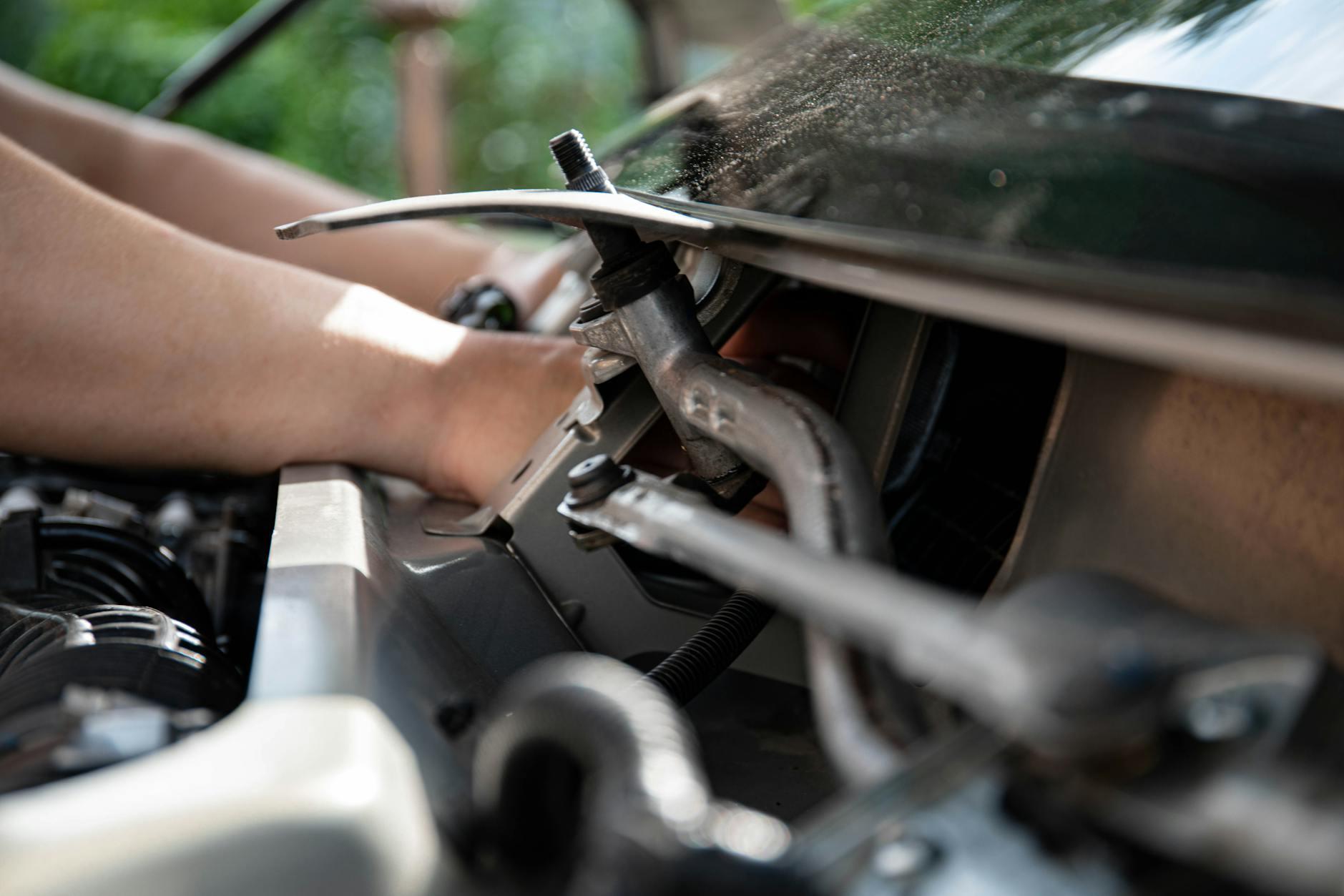- Shanghai Zhongshen International Trade Co., Ltd. - Two decades of trade agency expertise.
- Service Hotline: 139 1787 2118

ImportAutomotive partsAgent: Twenty Years of Experience Discussing Industry Pain Points and Solutions
Against the backdrop of deep integration in the global automotive supply chain, China, as the world's largest automotive consumer market, sees its annual imports of auto parts exceed $100 billion. However, importing auto parts involves complex trade regulations, technical standards, and policy oversight, where any oversight in the process can lead to high demurrage fees, risks of return shipments, or even legal disputes. With 20 years of hands-on experience,foreign tradeService Expert: This article will provide an in-depth analysis of the industry's core pain points and offer systematic solutions.
I. The Three Core Challenges of Imported Automotive Parts
1. Product Compliance Verification
- Case Insights: In 2023, a certain German automaker failed to obtain the necessary import permits for sensors.3CCertification, resulting in the entire batch of goods being detained at Tianjin Port for 47 days, with direct losses exceeding 3 million yuan.
- Key Points: It is necessary to accurately identify the attributes of parts (repair parts/modified parts/universal parts), distinguish between products within the CCC catalog (such as brake pads and seat belts) and those outside the catalog (specialized parts for specific vehicle models), while simultaneously verifying environmental standards such as EU REACH and US EPA.
2. Tariff Classification and Cost Optimization
- Data Support: After the adjustments in the 2024 new edition of the "Customs Tariff,"New energyThe tariff on lithium battery modules for vehicles has been reduced from 8% to 5%, but the battery management system (BMS) may incur a 13% VAT difference due to classification disputes.
- Practical skills: Adopt the "Three-Document Verification Method" (original manufacturer's technical parameters + customs pre-ruling + third-party inspection report) to mitigate the risk of tax reassessment due to misclassification. It is recommended that enterprises leverage the RCEP agreement tariff rates, which can provide up to a 3.2% tariff reduction for precision components imported from Japan and South Korea.
3. Supply Chain Lead Time Control
- Industry Status Quo: Incidents such as port strikes in Europe and the Red Sea shipping crisis have extended the average delivery cycle for automotive parts to 58 days in 2023 (a 70% increase compared to 2021).
- Response StrategiesEstablish a "Dual Port Emergency Plan" (e.g., Shanghai Port + Nansha Port dual customs clearance channels), and adopt the "China-Europe Railway Express+Air TransportationThe "segmented transportation" model can reduce the delivery time to 22 days.
II. Comprehensive Risk Management System (Including Operational Templates)
Phase 1: Admission Review
- Supplier Qualification "Five Checks":
? IATF 16949 Certification (Quality Management System)
? It is recommended to verify through the following methods:Please translate the following Chinese into English: Regarding ECCN export control classification
? Product liability insurance coverage (recommended ≥ $5 million)
? EU ELV Directive Compliance Statement (Heavy Metal Content Testing)
? China VIN code compatibility verification (to prevent vehicle model adaptation errors)
Phase 2: Customs Clearance Execution
Application of Intelligent Declaration System:
Use AI classification tools (such as Thomson Reuters ONESOURCE) to automatically match HS codes and simultaneously generate a declaration document package (including 15 essential document templates) that complies with AEO certification requirements.
Port Congestion Risk Mitigation Checklist:
| Risk types | Disposal plan | Time - effect control |
|---|---|---|
| The wooden packaging lacks the IPPC mark. | On-site port fumigation (estimated cost: ¥800/pallet) | +3 working days |
| Model declaration discrepancy | Local Customs "Two-Step Declaration" Amendment | +5 working days |
| Test report expired | Urgent Application for Witness Testing (CCIC Expedited Service) | +7工作日 |
This makes the table more concise and clear.
Phase 3: Warehousing and Distribution
- Establish a "Three Zones, Four Temperatures" smart warehouse:
Constant Temperature and Humidity Zone (Precision Electronic Components)
ESD Protection Zone (ECU Control Unit)
Hazardous Chemicals Dedicated Warehouse (Electrolyte for New Energy Batteries)
Achieve batch traceability through the WMS system (supporting scanning VIN codes to query parts flow).
III. Industry Trends and Innovative Services in 2024
1. The boom period of importing new energy vehicle components.
- Focus on key categories:
Silicon carbide power modules (for Tesla 4680 battery), automotive-grade LiDAR, and hydrogen fuel cell bipolar plates - Policy Benefits: The Ministry of Industry and Information Technology's "Catalog of Vehicle Purchase Tax Reductions and Exemptions" adds 32 categories of new energy special components eligible for import duty subsidies.
2. Digital Service Upgrade
- Blockchain Application: Achieving "Customs Declaration-Logistics-Payment" Triple Matching via AntChain, Boosting Customs Clearance Efficiency by 40%
- Big Data Alert: Connected to the Global Trade Data System (GTD), real-time monitoring of export control risks for overseas suppliers.
3. Sustainable Supply Chain Development
- Introduce the "Green Channel" service: Offer a 3%-5% reduction in service fees for components transported by ships using biofuels.
- Establish a used parts recycling system: Assist customers in the environmentally friendly disposal of imported replacement parts (in compliance with the requirements of the EU New Battery Regulation).
Conclusion
Under the transformative wave of the "New Four Modernizations" in the automotive industry, professionalImport RepresentationService providers are transforming from traditional intermediaries into comprehensive supply chain solution providers.
Related Recommendations
Category case
Get in Touch
Email: service@sh-zhongshen.com
Related Recommendations
Contact via WeChat

? 2025. All Rights Reserved. Shanghai ICP No. 2023007705-2  PSB Record: Shanghai No.31011502009912
PSB Record: Shanghai No.31011502009912









